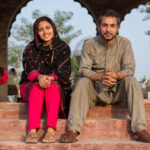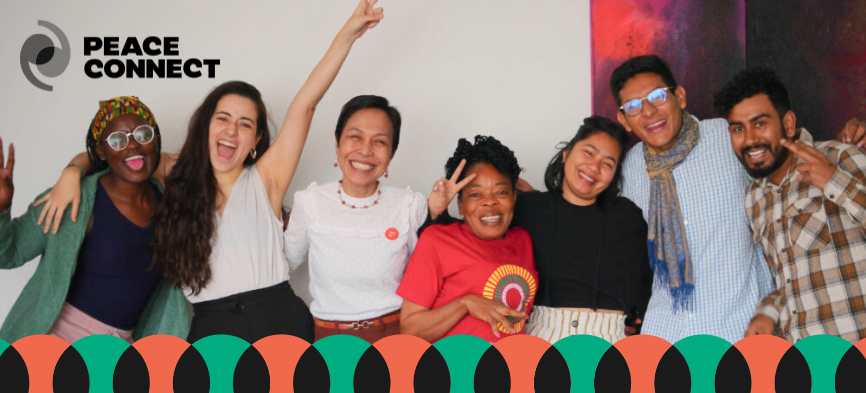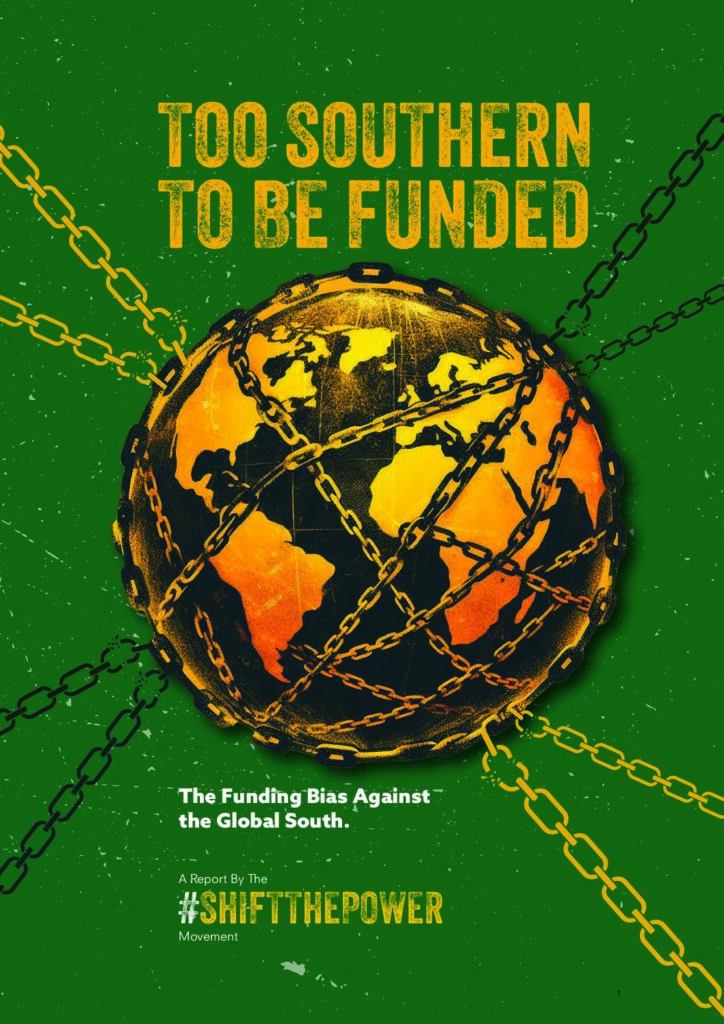Peace Direct has recently received a research grant from Peace Nexus to promote local peacebuilding in war-torn eastern Congo (DRC). The research is part of Peace Direct’s advocacy work, which aims to persuade larger organisations to devote greater support to local peacebuilding. In this case, our objective is to develop a model that will improve the way international and local agencies work together, enhance the prominence of local peacebuilders in strategies and decision-making, and increase the funds that reach local peacebuilders.
The first part of the research was for me to travel to Congo’s capital, Kinshasa, in order to interview donor organisations. This will help us to better understand how they value local peacebuilding and what are their obstacles to increasing support for local partners. The reaction I found from a range of international donors was very encouraging, and there has clearly been a significant shift to greater support for local peacebuilding.
Such shifts are welcome – but also concerning. If DfID, the UN and USAID all begin to shift sizeable resources to local peacebuilders, after years of neglect for local peacebuilding, then this has to be carefully managed. Good intentions could weaken a small but competent local peacebuilding fraternity. If done badly, this attempt to engage local peacebuilding on a large scale could damage the concept of local peacebuilding internationally, and entrench the internationally focussed status quo of aid in DRC. On the other hand, if done well, it could create a sustainable local peacebuilding capacity in DRC – and send a strong message internationally.
At the same time, I found the same practical questions recurring from those I spoke with. Who are the ‘good’ local peacebuilders? How can financial control and governance be assured? How can smaller organisations be supported, given the administrative constraints of the donors? In other words, how can donors used to administering multimillion-dollar grants be reconciled with local peacebuilders, who often need only tens of thousands?
So how can we bridge the gap between the locals, nationals and internationals in a managed way? How can local peacebuilding be supported in a way that protects the elements of local peacebuilding that make it effective? How can a relatively ignored group of local organisations become equal partners with very large and established international agencies? How can those with a genuine understanding of local peacebuilding support local peacebuilders and international donors to interface in a mutually supportive way?
In other words, what is needed to create the optimum working relationships between local, national and international agencies? As our Peace Nexus-funded research continues, we hope to answer these questions and offer donors a model that is better suited to meet everyone’s needs and interests.











